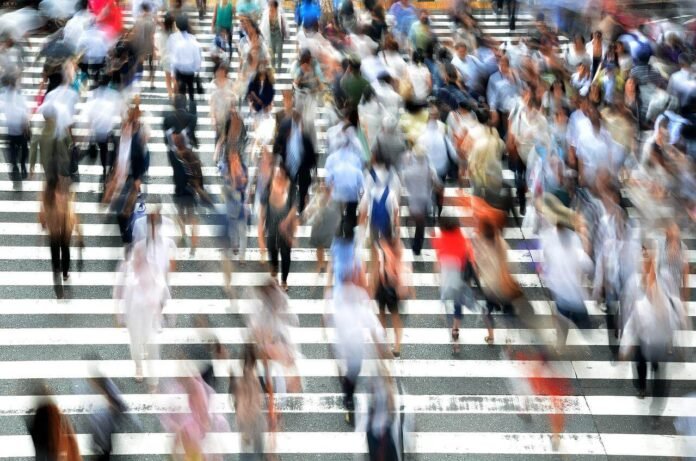
The Cost of Living continues to increase around the world. However, you may be surprised to learn that Japan is no longer one of the world’s most expensive countries to live.
Tax havens such as Monaco and the Cayman Islands rank at the top of the list, as one would expect. Other playgrounds of the supremely wealthy such as Switzerland and The United Arab Emirates are also up there. Emerging Superpowers such as China and the resurgent Russia also factor in.
Given their high taxation, and commensurately high levels of social care, the Scandinavian countries Norway, Sweden, Denmark and Finland also have a higher than expected cost of living.
Table of Contents
The Cost of Living in Japan Isn’t as High as You May Think
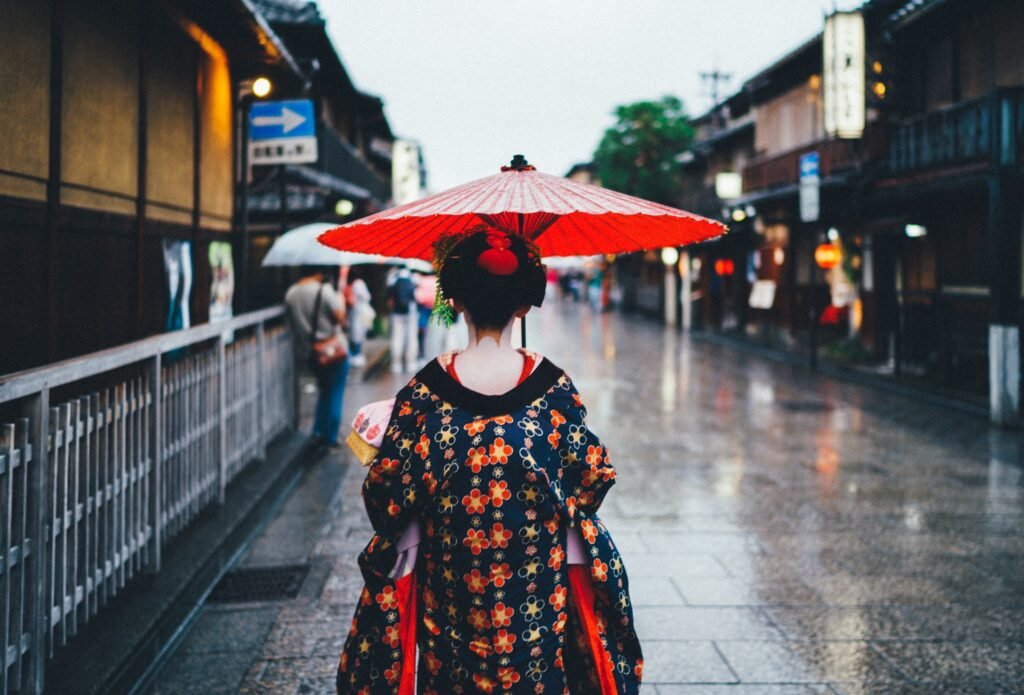
Japan, overall, ranks pretty low. In truth, we aren’t even in the top 20 by most metrics. So, why does Japan have the reputation as such an expensive country to live and visit?
Well, that’s thanks largely to Tokyo, and the wider Kanto region, which also takes in Yokohama. These two metropolises have some of the highest real estate prices per square meter in the world. From my own experience, the only place I’ve lived that was more expensive for housing than Tokyo was Hong Kong. However, recent political changes mean things are unlikely to stay that way.
Anyway, the big question I’m sure you want to ask, and the reason you’re here after all, is “Where does Osaka fit into all of this?”
The Cost of Living in Osaka: A Brief Introduction
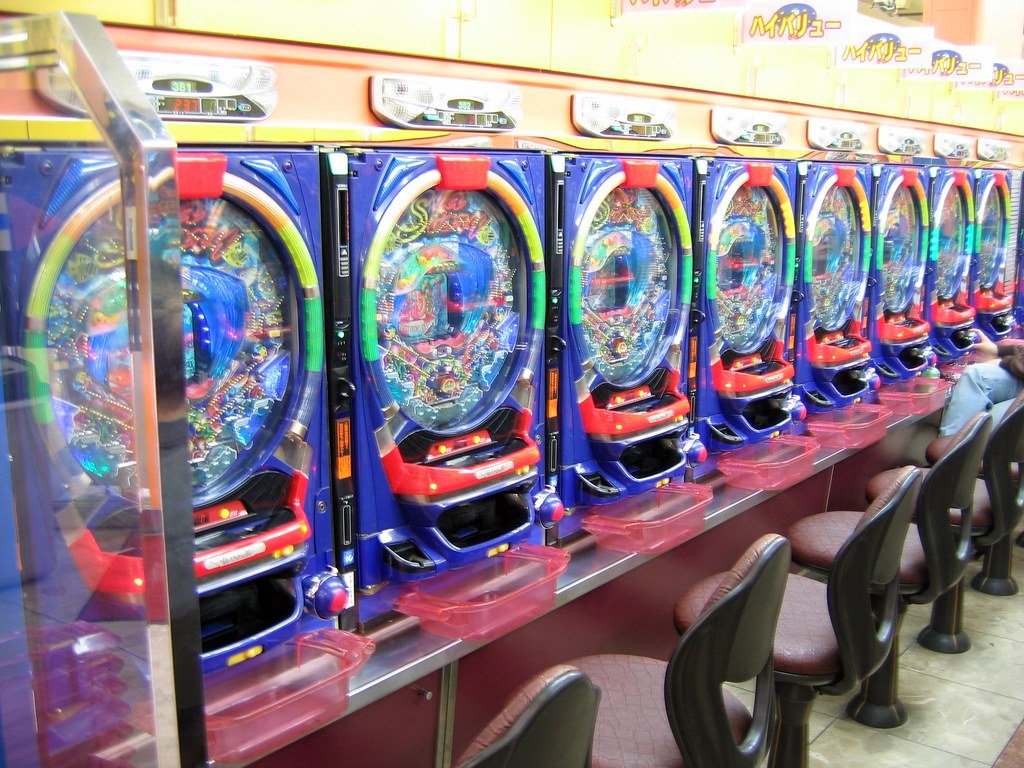
As the country’s third largest city, after Tokyo and Yokohama, Osaka is a hub for trade, commerce and industry. Accordingly, house prices in the city are higher than the national average, though still noticeably lower than the likes of Yokohama and Tokyo. The same pattern plays out when we look at the rental property market. However, rent is just one of our consistent monthly expenses. It is a good starting point though, from which to look at Osaka, and how the cost of living here compares to the rest of Japan in more detail. Let’s take a closer look.
Apartment Rentals in Osaka: A Comparison
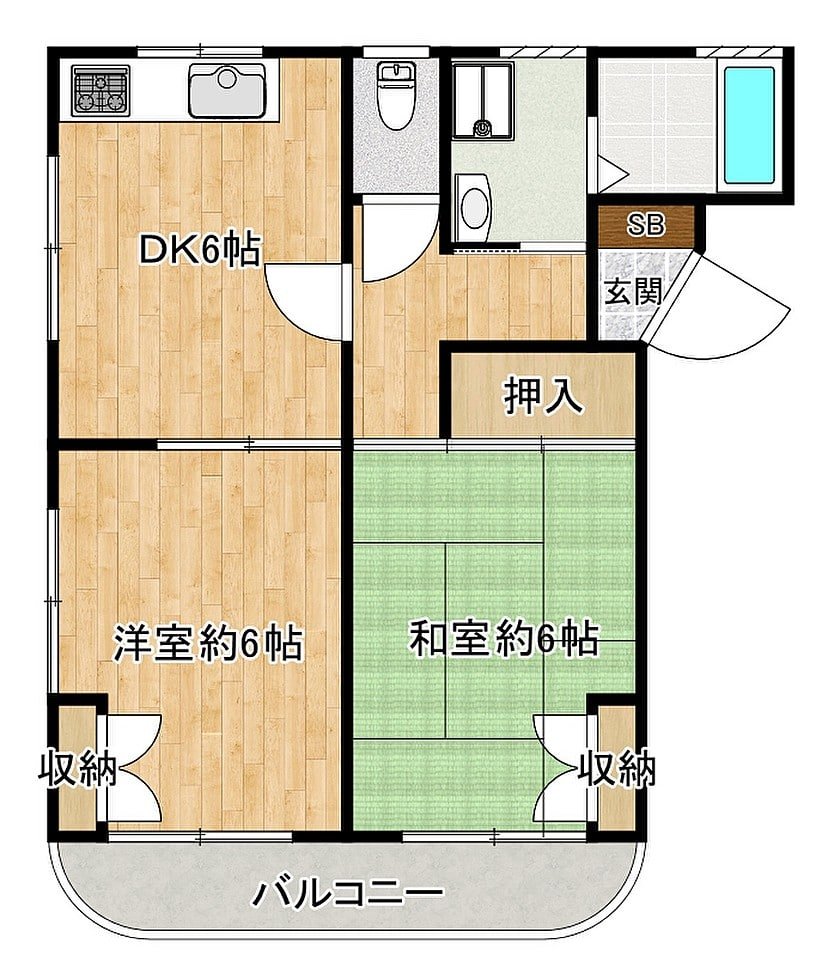
Not just in Osaka, but indeed across all of Japan, there is a very clear urban/rural divide when it comes to renting an apartment.
Unlike other countries, which deal in the number of bedrooms a property may have, in Japan, properties are typically advertised with the number of rooms, and whether they have an additional kitchen, dining area and lounge. They are also measured by the number of tatami mats that make up the floor of each room. One tatami mat makes up approximately 1.53 square meters of floor space. So, a typical room in an average sized apartment would be around 6 tatami mats in size or 9 square meters.
Whether you live in the city center or the suburbs also affects the price you will pay. However, distance from the train station is also a major factor.
So, in short, a larger apartment, in the city center, close to the train station is likely to be far more expensive than a similarly sized apartment, an hour away by train, plus an additional 20 minutes’ walk from the station.
Most foreign residents I know in Osaka try to shoot for something in the middle. Ideally, within 30 minutes by train of the city center, and within ten minutes of a train station. This way, they can comfortably keep their commute to work under an hour each way.
Examples of Osaka and Tokyo Apartments
Let’s use this example to look at housing prices in Osaka compared to Tokyo. Tokyo is widely accepted to be the most expensive place in Japan.
The following prices are typical examples of what one would expect to pay for a 2LDK apartment (an apartment with 2 rooms, a lounge, kitchen and dining area). The apartment sits around 10 minutes from a train station, which will get you to the city center within 30 minutes.
In the case of Tokyo, let’s look at the neighboring city of Ichikawa, in Chiba Prefecture. From here, you can reach central Tokyo in around 25 minutes.
A typical, recently built 2LDK apartment, 10 minutes from the station costs around 98,000 yen.
In Osaka, a comparable example to Ichikawa would be Ibaraki City. Again, you can easily reach central Osaka in about 20-30 minutes from here. A 2LDK apartment of similar age, and 6 minutes walk from Ibaraki Station costs 87,000 yen per month.
The price varies drastically depending on the exact area, for example Shin-Urayasu is about the same distance from Tokyo as Ichikawa, but far more expensive to live in, since it is next to Tokyo Disney. Likewise, in Osaka, Suita City, which is roughly equidistant to Ibaraki from central Osaka is much more expensive, given that it houses the Osaka Expo Park, numerous shopping centers, and entertainment venues.
We can conclude though, that overall, prices in Osaka are about 10-15% cheaper for monthly rent than they would be for similar properties in Tokyo.
Entertainment: Another Cost of Living Metric
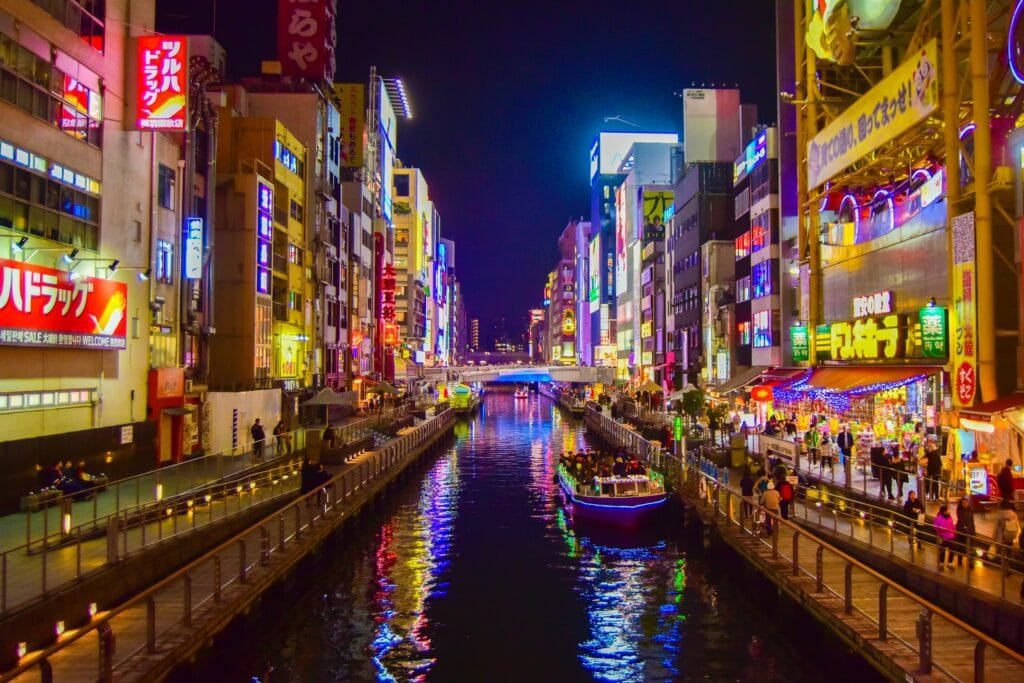
Of course, being able to live is about much more than just having a roof over your head. You’ll want to be able to enjoy a night out once in a while, without breaking the bank.
Again, let’s see how Osaka and Tokyo match up in this regard.
I’ll use the example of how my wife and I like to spend a typical weekend. Dinner at a reasonably classy restaurant and a movie at the local cinema.
Let’s Go to the Movies

Movie tickets are the same average price in Tokyo as they are in Osaka. As of 2020, the average price nationally was around 1,300 yen per person. Each individual cinema company offers its own membership schemes, discount days and so on, but in general, this is the average, overall price.
The entire movie industry in Japan is owned by a small number of companies, and lack of competition makes movie-going a somewhat more expensive pastime here than in other countries.
Dinner and Drinks

Food on the other hand, is a different story. Restaurant prices across the board tend to be about 30% cheaper. Last time we visited our favourite Izakaya (a casual bar/restaurant) in Osaka’s Chuo Ward, dinner and drinks for two of us came to around 8,000 yen.
In Tokyo, it is very unusual to pay less than 10,000 yen for a dinner date for two people at a middle of the road Izakaya. Typically, from my own experience, it’s more like 11-12,000 yen.
So, let’s look at the sum totals.
Dinner, drinks and a movie for 2 people comes to 10,600 yen in Osaka and a minimum of 12,600 in Tokyo, though likely much higher.
It should be said, however, that cultural differences do play a big part here too. Osaka has a more casual approach to food and drink. The emphasis is on simple, cheap yet delicious foods. Tokyo restaurants tend to be somewhat classier, but you’ll pay a premium for that additional formality.
Getting around town
Of course there are many ways to get around the city, whether you are in Tokyo or Osaka. However, for comparison purposes, let’s look at the 3 most common: subway, taxi and bus.
The Cost of the Subway
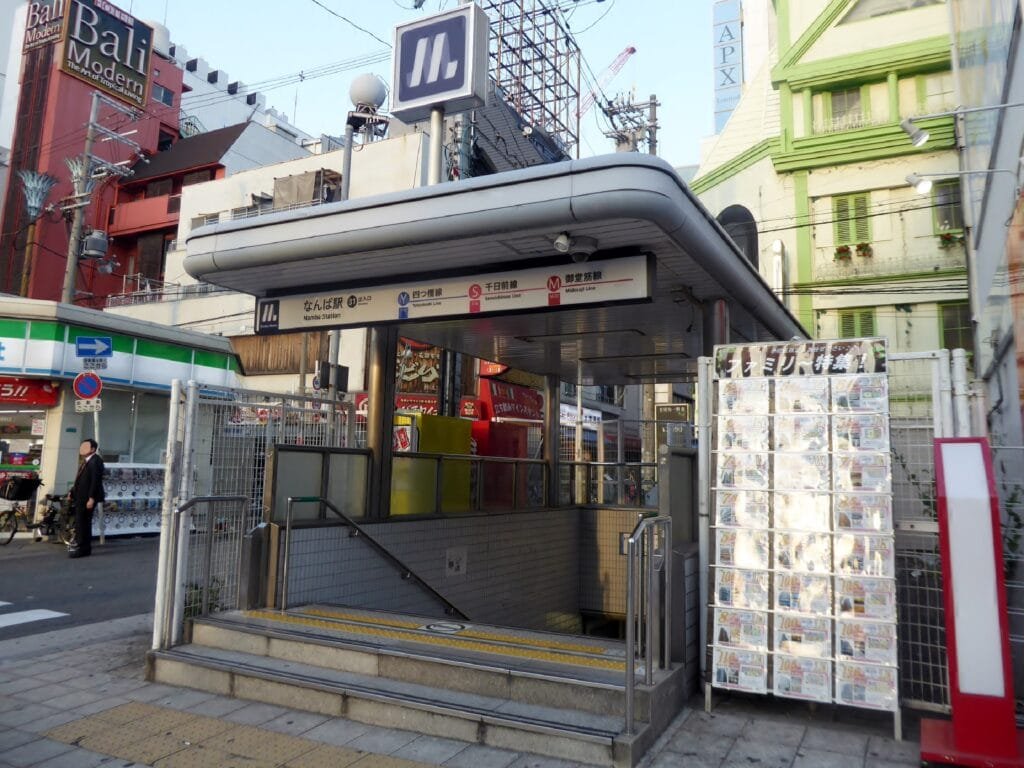
Tokyo’s Metro is, on average, actually slightly more expensive than Osaka, but the difference is negligible.
Osaka’s cheapest Metro ticket for an adult is 140 yen, and its more expensive is 350 yen. Tokyo’s prices vary from 170 yen to 370 yen.
Taking a Taxi
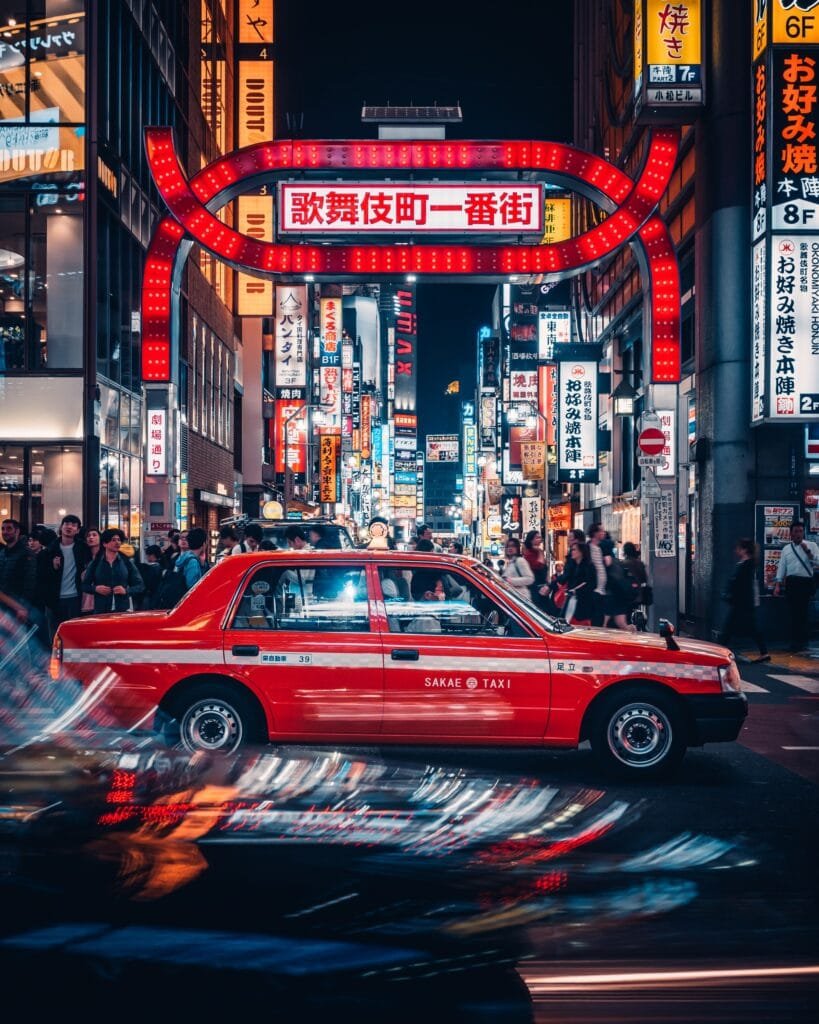
With Taxis, however, the difference isn’t quite so clear cut. At 680 yen, the starting fare for a taxi in Osaka about 33% higher than that of Tokyo which is 450 yen. However, for each additional kilometer travelled, Tokyo taxis charge an extra 420 yen, whereas Osaka taxis only charge an additional 400 yen. So, if you’re travelling 12 kilometers or more, Osaka will be cheaper. Most taxi journeys however, are significantly shorter than this, especially in the city center.
Bussing Around
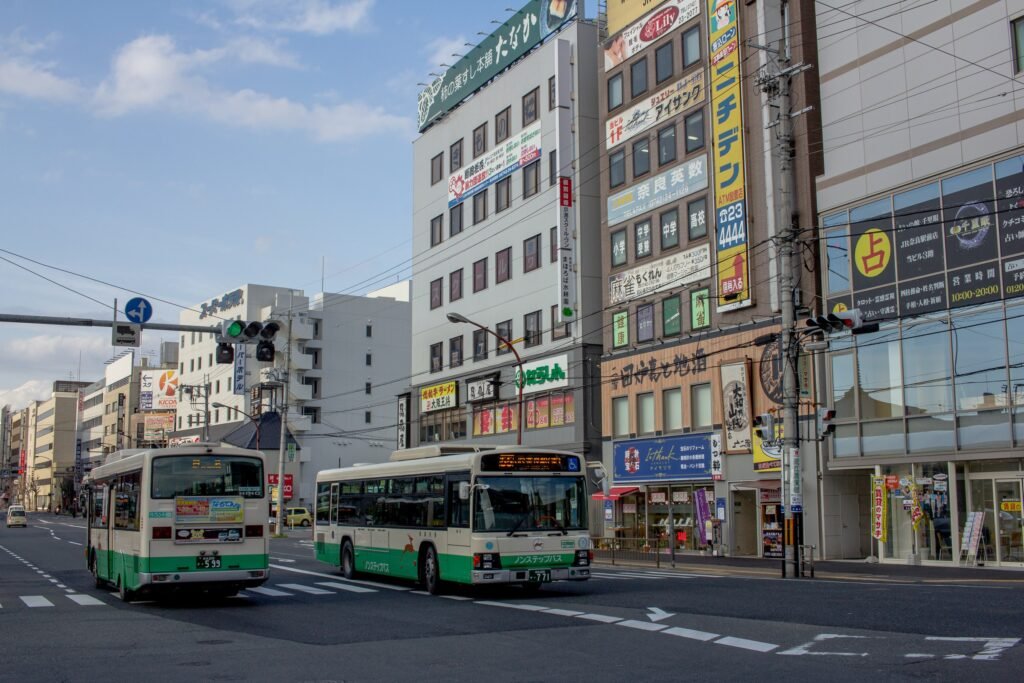
A one day ticket for the city buses in Osaka is 800 yen for adults. In Tokyo it is 900 yen. Again the difference isn’t much, but Osaka is cheaper. It should be added though that, in both cases, this price also grants you access to the subway in each city.
The Cost of Utilities
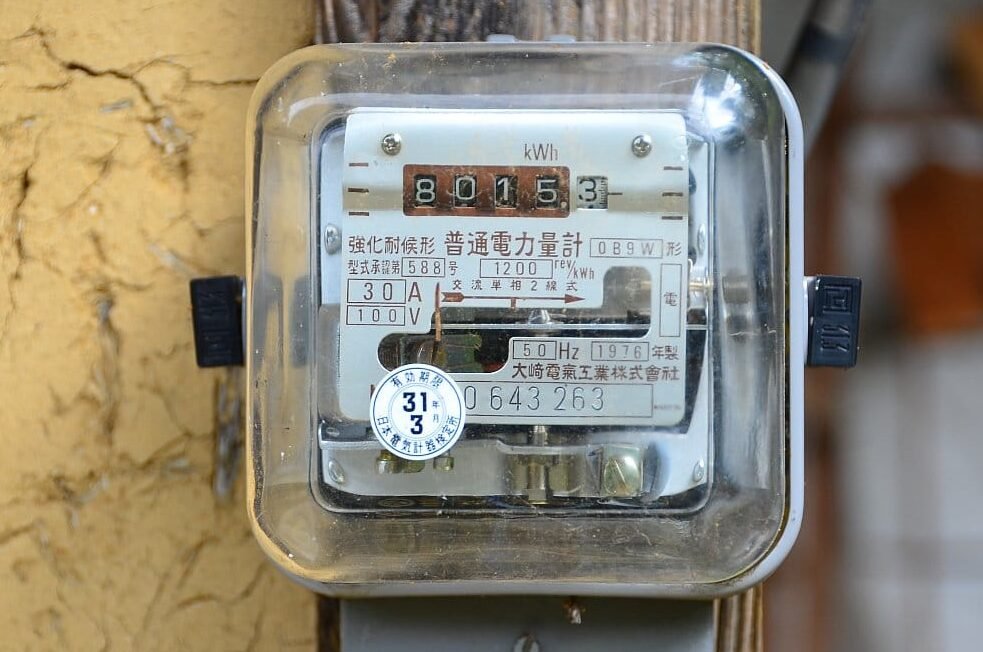
Taking together all the utilities as one monthly bill (gas, electric and water), Osaka is once again cheaper. Tokyo sits at around 22,000 yen per month for the 3 bills combined.
Osaka, on the other hand, is only around 19,800 by the same calculations.
Some would argue that internet access is also an essential utility in this day and age. However, much like the movie industry, all of Japan’s telecoms infrastructure is owned by a handful of companies. So, everyone pays the same average prices for home internet, around 4000-7000 yen per month depending on the package.
The same goes for cellphone contracts. However new laws introduced in 2015 brough fresh competition to the mobile market. As a result the operating cost of a cellphone, nationally, has fallen from around 9,000 yen to about 5,000 yen per month.
As 5G becomes more widely available, hopes are high among consumers that home internet prices will also become more competitive.
Salary vs Cost of Living: Disposable Income

In Osaka, the average monthly salary is 302,000 yen. This is 25% less Tokyo’s average salary of 398,000 yen. However, considering that almost everything we have covered here today is more expensive in Tokyo, one can still conclude that Osaka is a cheaper city to live in than Tokyo. Salaries also depend on the industry in which you work. Whilst Osaka’s legal minimum wage is 964 yen per hour, and Tokyo’s is 1,013 yen per hour, this alone does not serve as a basis for costs of living analysis.
In many job sectors, particularly where foreign workers are concerned, salaries are consistent across Japan, regardless of location.
English Teaching as a Cost of Living Example

One of the common ways to determine a person’s living standard is how much disposable income they have at the end of the month. Let’s use English teaching, one of the most common job types for foreigners in Osaka, as a comparative example.
The average starting salary for English teachers in both Osaka and Tokyo is 250,000 yen per month. Using our previously stated examples, we can calculate approximately how much disposable income a new teacher would have in each city each month.
So, rent in Tokyo is roughly 98,000 yen and Osaka is roughly 87,000 yen on average. Utilities are 22,000 and 19,800 respectively. Let’s allow 5000 yen per month for internet and the same again for a mobile phone. From personal experience, you’ll need around 30,000 yen per month for daily food and drink in Osaka, and about 50,000 in Tokyo.
Finally, let’s assume that you want to go out once a week as a conservative estimate.
Dinner and a movie comes to 5,000 yen per person in Osaka and 7,000 yen in Tokyo, on average. So, that’s an additional 20,000 yen per month in Osaka and 28,000 yen per month in Tokyo.
Finally, Lets Crunch the Cost of Living Numbers
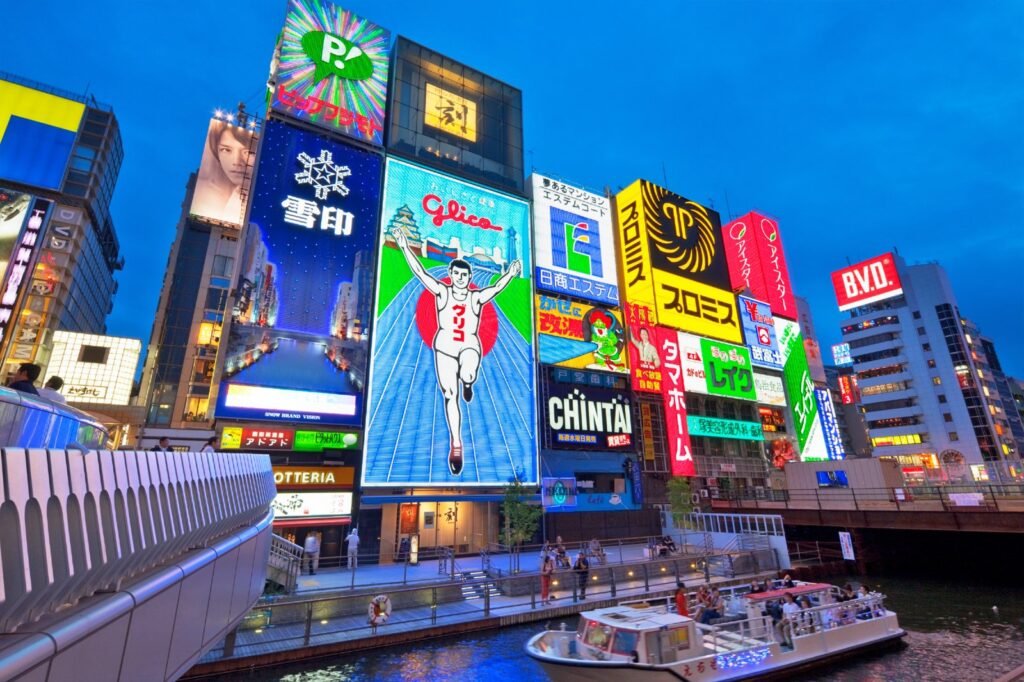
So, for someone living in Tokyo, your monthly deductions come to 208,000, leaving a disposable income of 42,000 yen, assuming a net salary of 250,000.
In Osaka, total monthly outgoings come to 166,800. This leaves our teacher with a disposable income of 83,200, almost double that of Tokyo.
So, with all the numbers tallied up, we can conclude absolutely that the cost of living in Osaka is definitely lower than Tokyo. However, Osaka is by no means cheap when compared to the rest of Japan.
However, if you don’t mind a reasonable commute to work each day, you can ration yourself to one big night out per week, and you can balance a food budget, then living in Osaka can be pretty good. You might even save a few yen along the way!




















